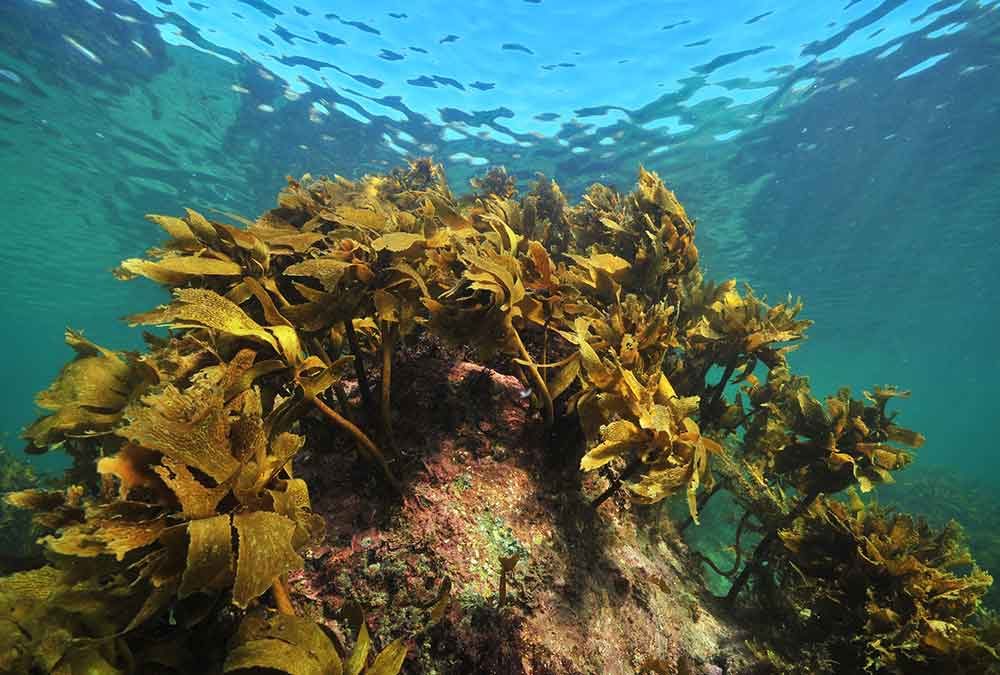Submerged rocks in the ocean are rocks that lay beneath the water’s surface. Similarly, a reef is a strip or ridge of rocks, sand, or coral that rises to or near the surface of a body of water.
Submerged rocks and reefs are common at Southern California beaches such as Surf Rider Beach, Leo Carrillo Beach, Point Dume, and Sunset Beach. They exist at beaches where there is rugged coastline characterized by rocky cliffs, coves, and sometimes visible reef formations that stick out of the water off shore; generally beaches that have rocks or reef on the beach, will have rocks and reef in the water. These areas are quite scenic and beautiful to explore, however, they present significant hazards to beach goers in and out of the water.
Submerged rocks in the ocean are rocks that lay beneath the water’s surface. Similarly, a reef is a strip or ridge of rocks, sand, or coral that rises to or near the surface of a body of water.
Submerged rocks and reefs are common at Southern California beaches such as Surf Rider Beach, Leo Carrillo Beach, Point Dume, and Sunset Beach. They exist at beaches where there is rugged coastline characterized by rocky cliffs, coves, and sometimes visible reef formations that stick out of the water off shore; generally beaches that have rocks or reef on the beach, will have rocks and reef in the water. These areas are quite scenic and beautiful to explore, however, they present significant hazards to beach goers in and out of the water.
Zuma Beach does not have much rock activity. The sandy beach rarely has rocks and has little to no reef at all.
What are the hazards to watch out for?
FOR BEACH GOERS
Rocky cliffs and outcroppings are tempting places to explore but a variety of hazards can be present that may not be visible at first glance. Rocky outcroppings that have any water pooling on them or that appear damp should be avoided. These areas are exposed to breaking surf, especially during large swells, and can be death traps for unsuspecting fishermen, walkers, and tide pool explorers. Rising tides and increasing surf can also trap people on the rocks as the increasing water level submerges the path back to the beach. Always read the posted warning signs and check with lifeguard before you venture into rocky territory. Never dive or jump from rocks into the water. It is illegal and almost impossible to tell how deep the water is.
FOR SWIMMERS AND SURFERS
Powerful and unpredictable waves are common at reef breaks. Swells approach reefs, many times from deep water, and exert a large amount of force as they break over a shallow reef. Strong waves, surge, and current can sweep surfers and swimmers into jagged rocks where they can become seriously injured or killed. Swimming near rocks or reef is extremely dangerous and is not recommended even for experienced swimmers. Always take the time to observe the surf conditions, currents, and surrounding hazards before entering the water.
FOR SCUBA DIVERS
SCUBA diving is a common water activity at beaches where reefs and rock formations exist. When the ocean conditions are calm, reefs can offer an incredible diving experience. When the ocean conditions get rough, it can be one of the most hazardous diving environments. Surge on and around reefs can make it extremely difficult for divers to maintain proper depth and buoyancy. They can be swept into shallow rocky areas, pinned against jagged rocks, trapped in cracks or caves, become disorientated underwater, and injured in the breaking waves as they enter or exit the water. SCUBA divers must always dive with a “buddy” and proper equipment (mask and snorkel, regulator with pressure gauge, buoyancy compensator, fins, and a weight belt). Divers should always check with a lifeguard and the local conditions before making a dive, and when in doubt, stay out.
Sources:
The American Heritage Dictionary of the English Language, Fourth Edition. Copyright © 2000 by Houghton Mifflin Company. Published by Houghton Mifflin Company. All rights reserved.
Philippe Cousteau Foundation.

